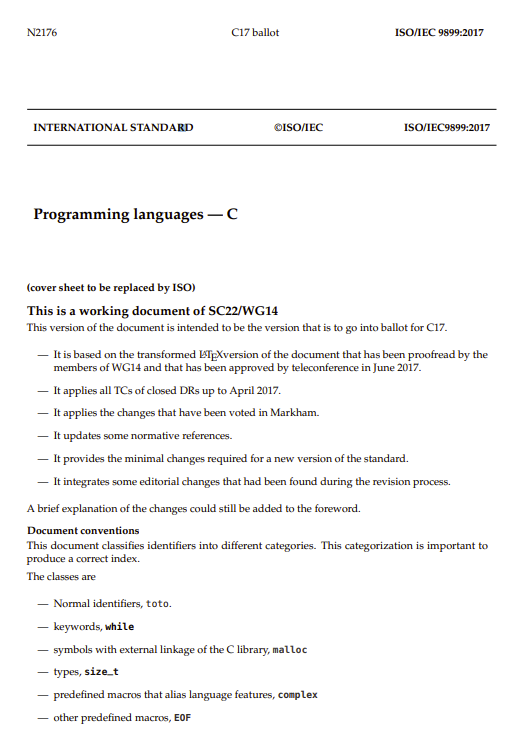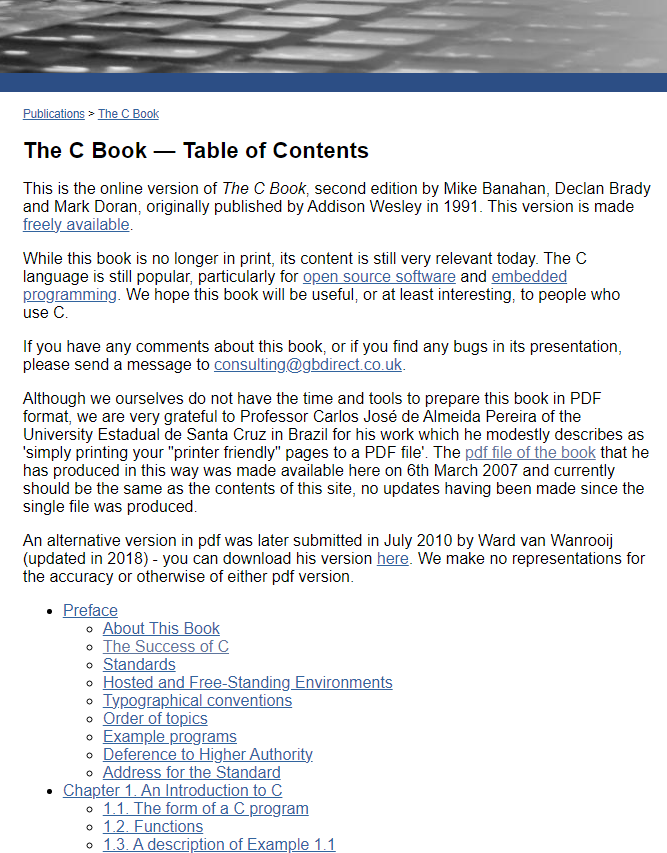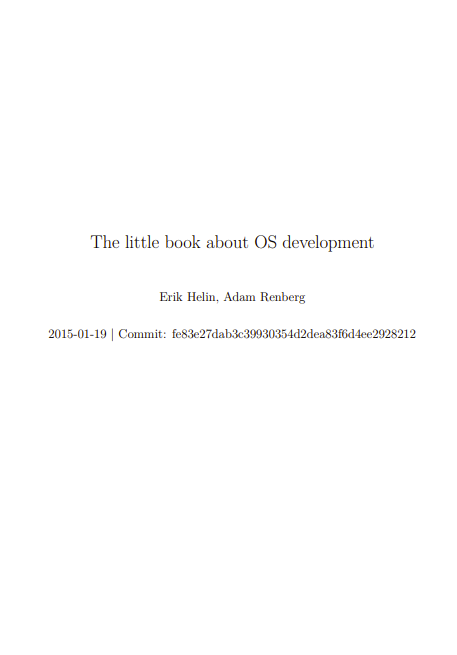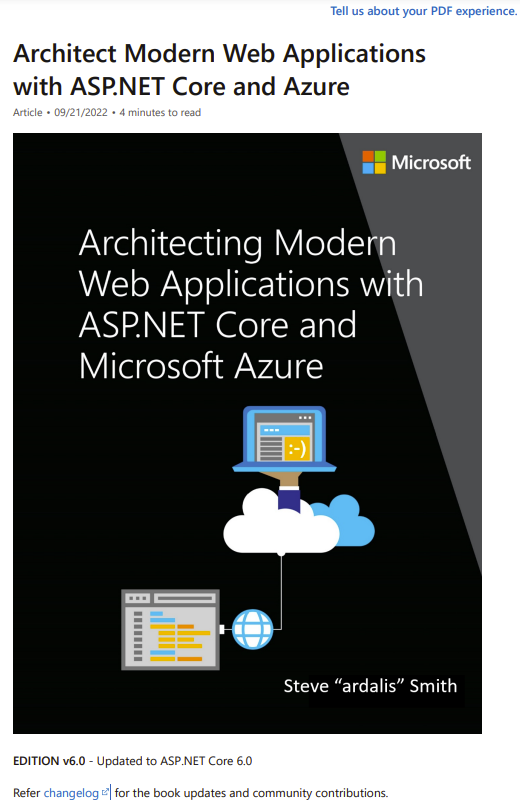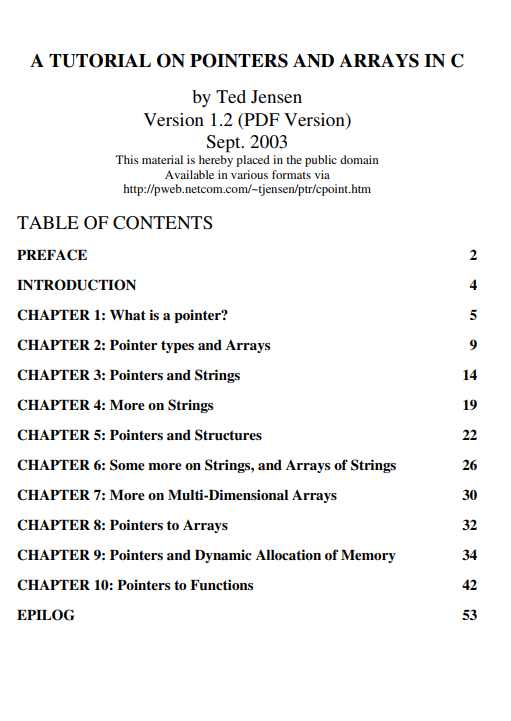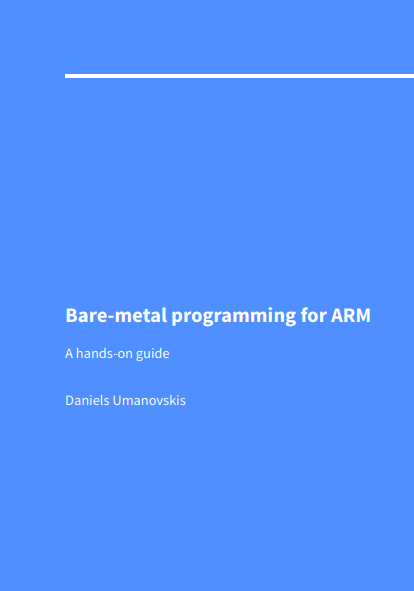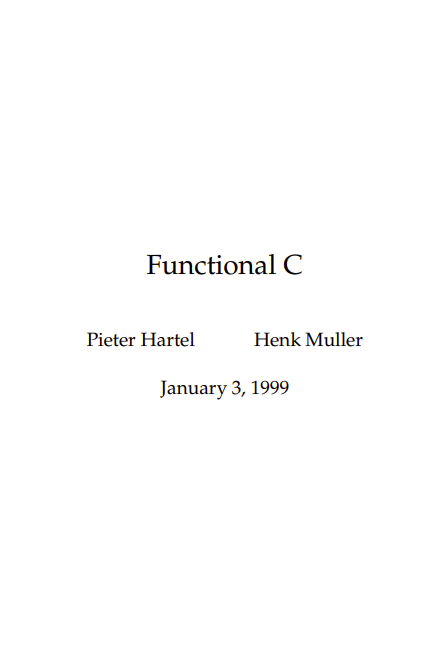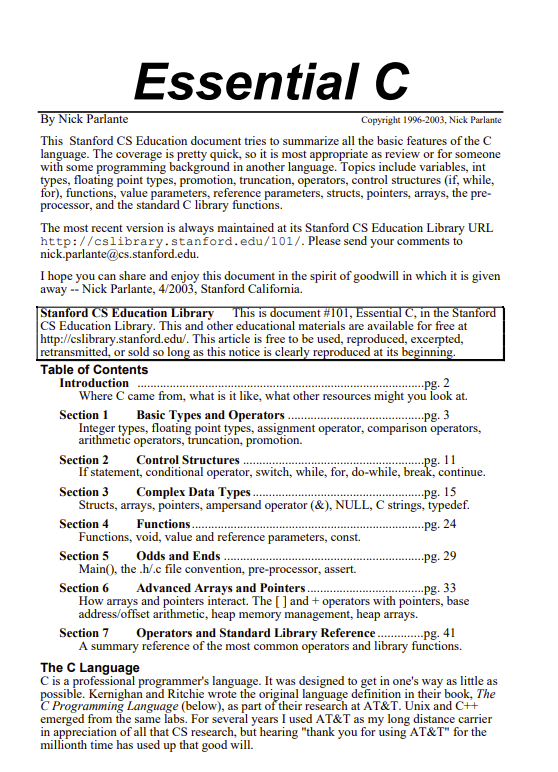ISO (the International Organization for Standardization) and IEC (the International Electrotechnical Commission) form the specialized system for worldwide standardization. National bodies that are member of ISO or IEC participate in the development of International Standards through technical committees established by the respective organization to deal with particular fields of technical activity. ISO and IEC technical committees collaborate in fields of mutual interest. Other international organizations, governmental and non-governmental, in liaison with ISO and IEC, also take part in the work. In the field of information technology, ISO and IEC have established a joint technical committee, ISO/IEC JTC 1.
The procedures used to develop this document and those intended for its further maintenance are described in the ISO/IEC Directives, Part 1. In particular, the different approval criteria needed for the different types of document should be noted. This document was drafted in accordance with the editorial rules of the ISO/IEC Directives, Part 2 (see http://www.iso.org/directives).
With the introduction of new devices and extended character sets, new features may be added to this International Standard. Subclauses in the language and library clauses warn implementors and programmers of usages which, though valid in themselves, may conflict with future additions.
Certain features are obsolescent, which means that they may be considered for withdrawal in future revisions of this International Standard. They are retained because of their widespread use, but their use in new implementations (for implementation features) or new programs (for language [6.11] or library features [7.31]) is discouraged.
This International Standard is divided into four major subdivisions:
— preliminary elements (clauses 1–4);
— the characteristics of environments that translate and execute C programs (clause 5);
— the language syntax, constraints, and semantics (clause 6);
— the library facilities (clause 7).
